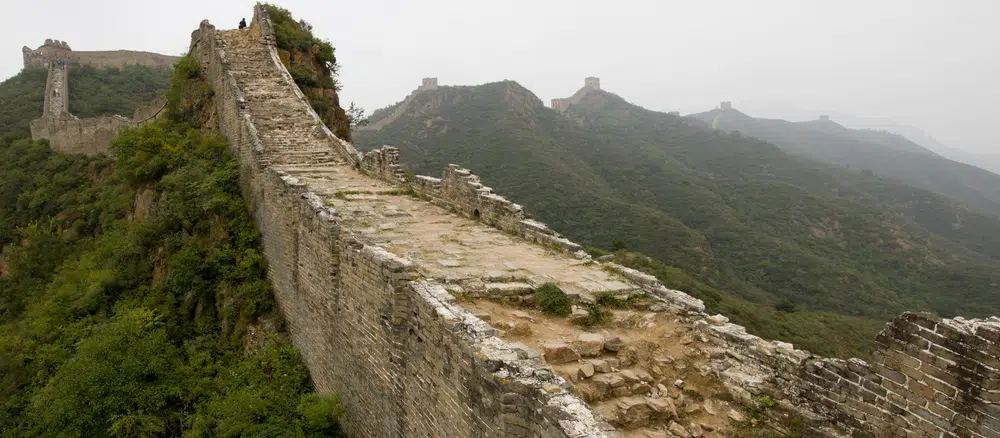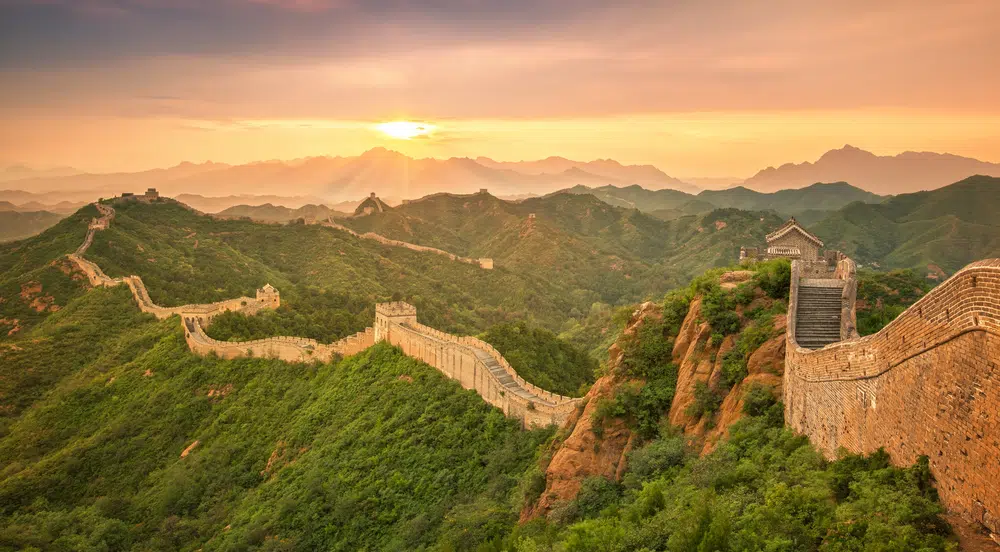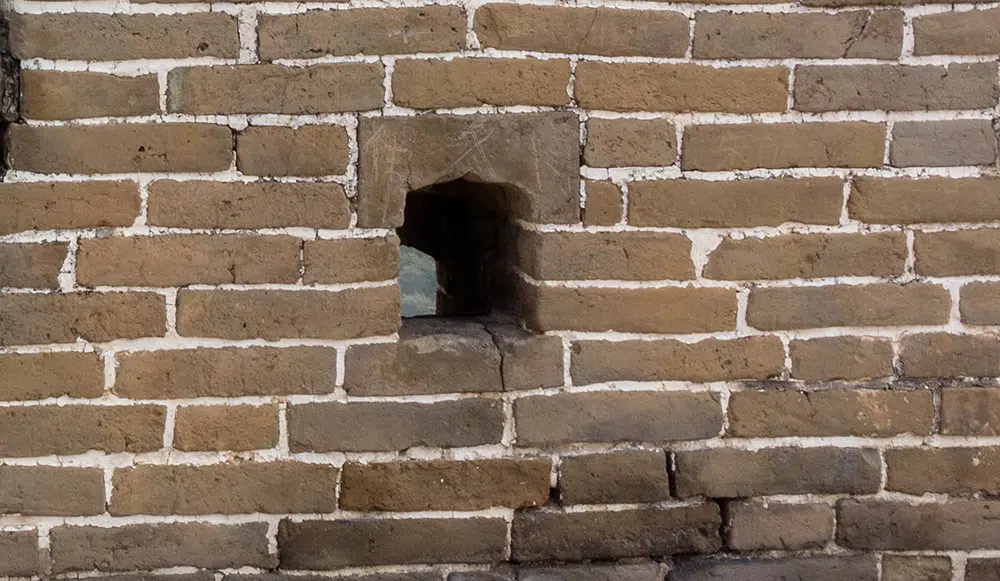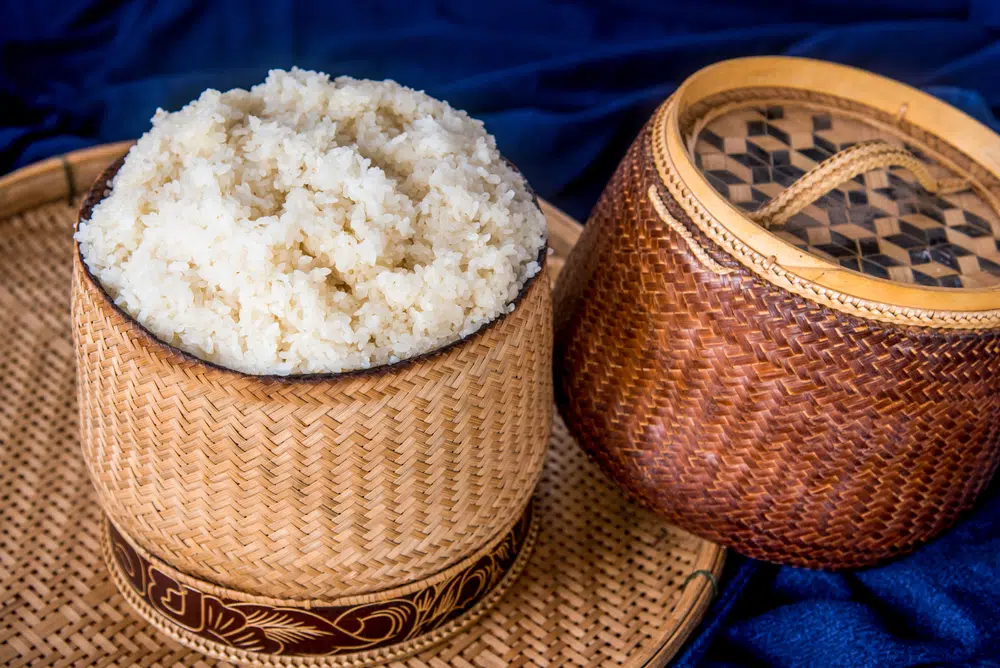
The Great Wall Has Stood For Centuries Thanks To Sticky Rice
Featured in Ripley's Believe It or Not!

Totaling more than 13,000 miles in length, the Great Wall of China continues to astound and awe visitors with its ancient defensive architecture. Boasting a 2,300-year-old history, the wall was built to prevent invasion from the Mongols and protect the Silk Road Trade. Thousands died during its construction; many remain interred within. The best-known and best-preserved portions of the Great Wall date to the Ming Dynasty (1368-1644). They comprise 5,500 miles of the overall structure.






